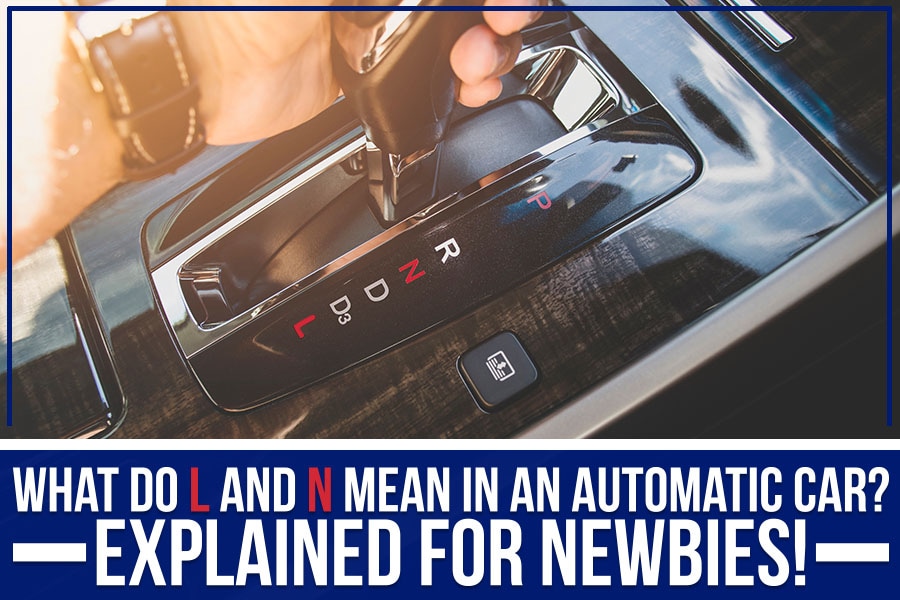In the vast universe of automobiles, the term “automatic car” shines like a beacon for many drivers. But what does it truly mean? Let’s embark on a journey through the world of automatic transmission vehicles, breaking down its essence in the most straightforward way.
What is an Automatic Car?
At its core, an automatic car is a vehicle equipped with an automatic transmission system. This system allows the car to change gears without the need for the driver to manually shift them. In simpler terms, you can drive without the hassle of clutch pedals or gear sticks, making the driving experience smoother and often more enjoyable.
The Basics of Transmission
Before diving deeper, let’s clarify what a transmission is. A transmission is a crucial component of a car that transfers power from the engine to the wheels. It determines how much power gets to the wheels and at what speed. In automatic cars, this process is managed by the vehicle’s onboard computer, which decides when to shift gears based on various factors like speed, acceleration, and engine power.
How Does Automatic Transmission Work?
Picture this: You’re driving along a scenic road, and instead of worrying about shifting gears, you simply press the accelerator. Here’s how an automatic transmission makes that possible:
- Hydraulic System: Automatic cars use hydraulic fluid to transfer power and engage different gears smoothly.
- Torque Converter: This component replaces the clutch found in manual cars, allowing the engine to keep running even when the car is stationary.
- Electronic Control Unit (ECU): The brain of the automatic transmission that monitors speed, throttle position, and other factors to determine the optimal gear.
Types of Automatic Transmissions
Not all automatic transmissions are created equal. Here are a few popular types:
- Traditional Automatic: The classic style with a torque converter, providing a smooth and responsive driving experience.
- CVT (Continuously Variable Transmission): This type offers an infinite number of gear ratios, optimizing fuel efficiency and performance.
- DCT (Dual-Clutch Transmission): A hybrid between automatic and manual, offering fast gear changes and improved efficiency.
Advantages of Driving an Automatic Car
While both automatic and manual cars have their merits, automatic vehicles bring unique benefits to the table:
- Ease of Use: Perfect for new drivers or those who prefer a straightforward driving experience.
- Less Physical Strain: No need to constantly engage a clutch pedal or shift gears, which can be tiring during long drives.
- Better for Traffic: In congested areas, automatic cars can shift gears without requiring constant driver input, making stop-and-go traffic less stressful.
- Increased Focus: With fewer distractions, drivers can concentrate more on the road and their surroundings.
Potential Drawbacks
However, automatic cars are not without their downsides:
- Cost: Automatic vehicles typically come with a higher price tag compared to their manual counterparts.
- Maintenance: Automatic transmissions can be more complex and may require specialized service, leading to higher repair costs.
- Less Control: Some enthusiasts argue that automatic cars provide less control over the vehicle compared to manual transmissions.
Who Should Drive an Automatic Car?
Automatic cars are ideal for a wide range of drivers:
- New Drivers: Those just starting out may find automatic transmissions easier to handle.
- Commuters: For daily drivers facing heavy traffic, the convenience of an automatic can make commutes less stressful.
- Older Drivers: Individuals with physical limitations may benefit from the ease of driving an automatic vehicle;
In the end, the automatic car represents a blend of innovation and convenience in the automotive world. With its seamless gear shifts and user-friendly design, it caters to a diverse audience, from daily commuters to seasoned drivers. So, whether you’re considering your first car or looking to upgrade, understanding the meaning and mechanics of automatic cars can empower your driving choices.
So, the next time you get behind the wheel of an automatic, remember – you’re not just driving a car; you’re experiencing a marvel of engineering that prioritizes ease, efficiency, and enjoyment on the road!

